Our new advanced I2C sound level sensor has all the features you would expect from an industry-standard sound level meter.
Highlights
- Ultra-low power sensor, ideal for battery-operated and hand-held devices
– consumes only 1.8mA at 3.3V
– consumes only 1.0mA at 1.8V - Measurement range of 30 dBA SPL to 120 dBA SPL
- Designed according to IEC 61672 Class 2 sound level meter guidelines (not formally certified yet)
- High-speed 400 kHz I2C interface
- Flexible, light weight PCB with peel-off 3M adhesive backed MEMS microphone for easy installation
- Useful accessories available – IP67 protective membrane, adapter PCB, etc.
- Designed for use in compact products with minimal enclosure modification
Measured Parameters
All of the parameters below are measured simultaneously by the module and are refreshed 40 times per second.
- Time-weighted sound level – dBA, dBC, dBZ
– Reading with 2 decimal places
– Simultaneous A-weighted, C-weighted, and Z-weighted readings
– Adjustable exponential averaging time setting (25 ms to 65,000 ms) - Maximum and Minimum sound levels – LAmax, LAmin, LCmax, LCmin, LZmax, LZmin
– Reading with 2 decimal places
– Tracks maximum and minimum time-weighted sound level observed - Integrating mode, equivalent continuous sound levels – LAeq, LCeq, LZeq (Fast and Slow)
– Reading with 2 decimal places
– Simultaneous A-weighted, C-weighted, and Z-weighted readings
– Fast (125 ms) and Slow (1 sec) averaging time - Peak sound pressure – LApk, LCpk, LZpk
– Reading with 2 decimal places
– Tracks true sound pressure peak
– Simultaneous A-weighted, C-weighted, and Z-weighted readings - Noise statistics and noise dosimeter function
– LAeq,slow history for the last 60 seconds
– LAeq,1min history for the last 60 minutes
– LAeq,1hr history for the last 12 hours
– Number of seconds with LAeq,slow under set threshold
– Number of seconds with LAeq,slow over set threshold
Demo Projects and Helpful Examples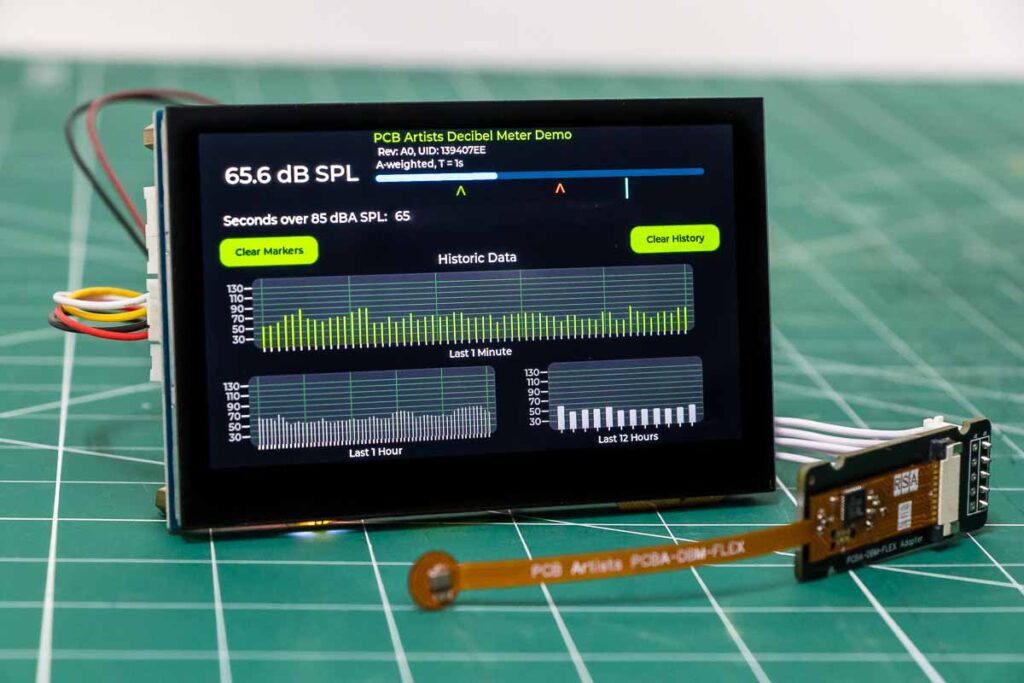
Here are some projects to get you started quickly!
- ESP32 based Industrial Noise Monitor with 4.3″ LCD Display (C code for ESP-IDF)
- Coming soon: Home Sound Monitor using Raspberry Pi Zero W and Web Interface (Python and HTML example code)
- Coming soon: IoT Noise at Work monitor with ESP32 and ThingBoard (Arduino example code)
- Coming soon: LoRa AirBnB and outdoor noise monitor using STM32 (C example code)
- Coming soon: Battery-less energy harvesting sound sensor with LoRa (C example code)
Technical Documentation
- Coming soon: Advanced Sound Level Sensor – Interfacing Guide
- Advanced Sound Level Sensor – Programming Manual and I2C Register Map
- Coming soon: Advanced Sound Level Sensor – Useful Code Snippets and Drivers
- Coming soon: Mounting Guide for Flexible Sound Sensors
Accessories
- IP67 protective membrane for outdoor and indoor applications
Pinout and Dimensions
For now, only I2C mode of communication is supported.
To use I2C, VDD, SCL, SDA, and GND must be connected to host. INT pin is optional.
Click image to enlarge.
For customized orders (subject to MOQ), the flexible length of the module can be adjusted. Click image to enlarge.
Adapter PCB Pinout
The modules ordered from our store ship with an adapter to make it easy to evaluate the module without developing a custom PCB. The adapter PCB makes all pins of the module available for use.
The first row of 0.1″ header is pin-compatible with our other sound level sensor modules.
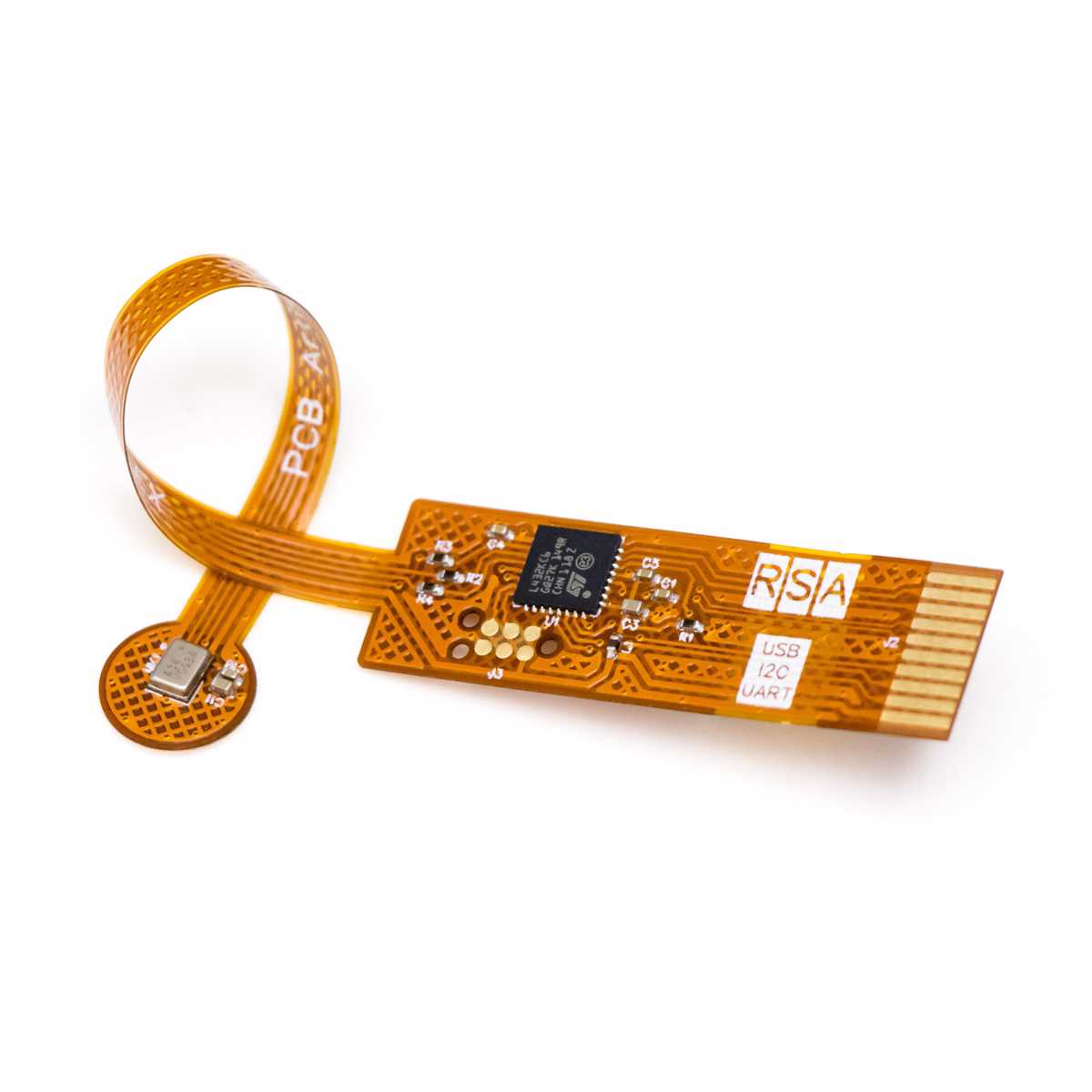

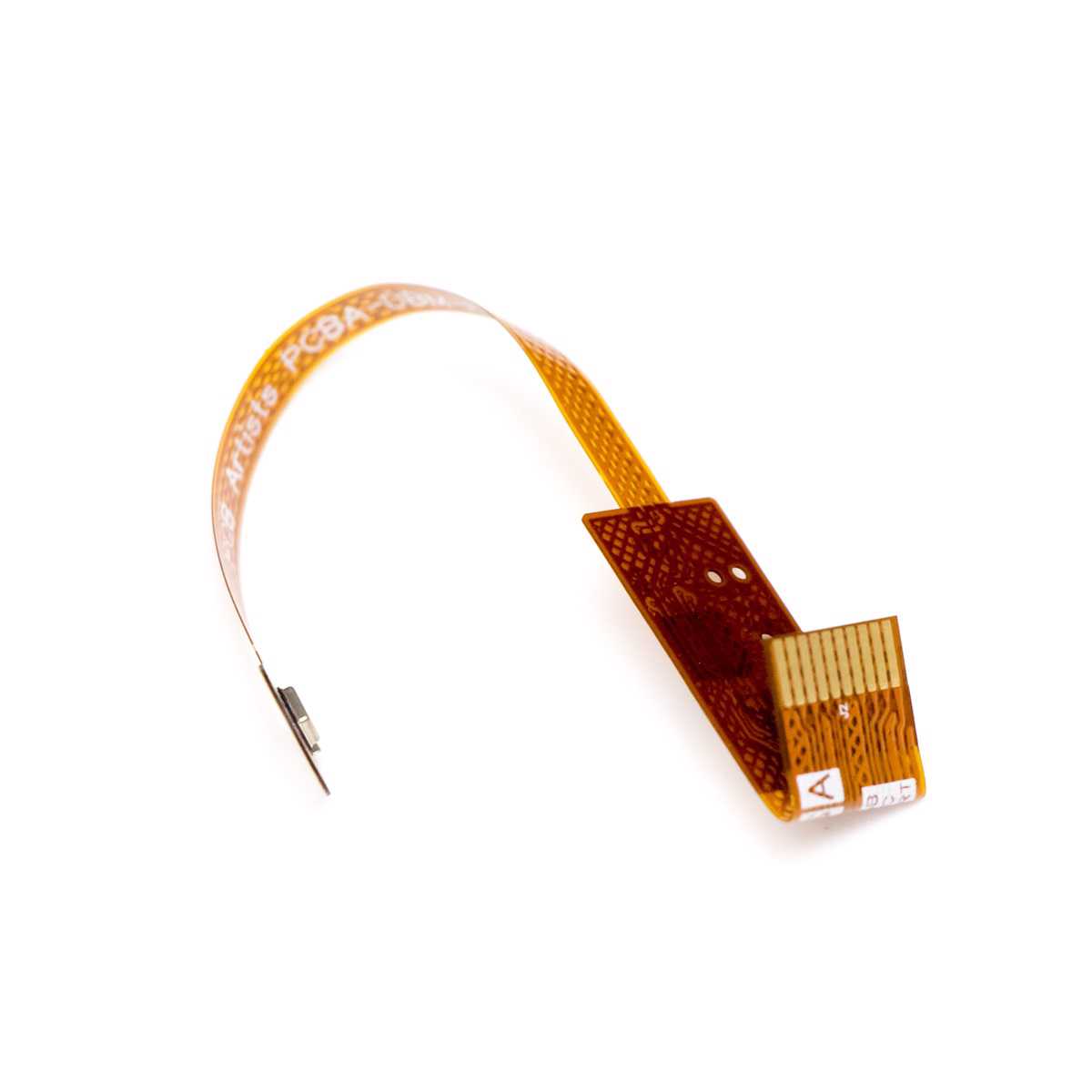



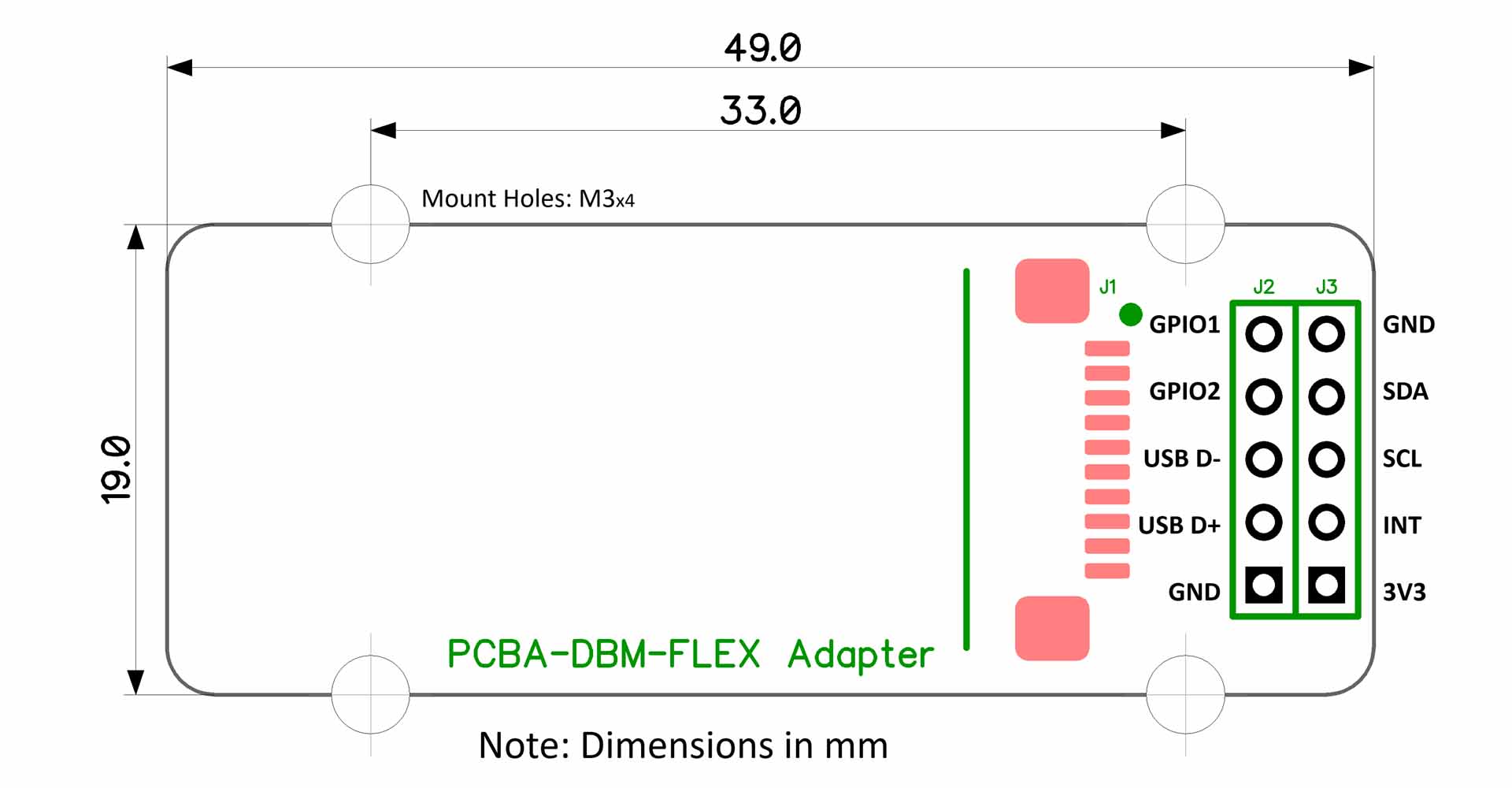
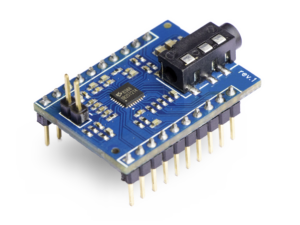
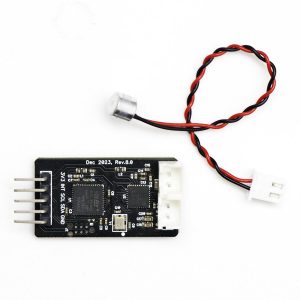
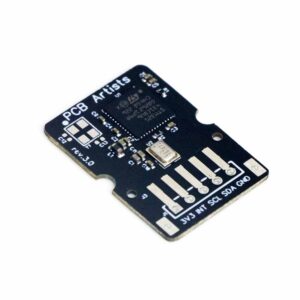
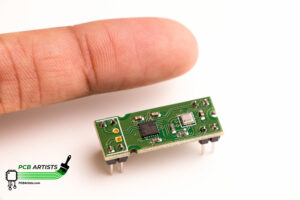
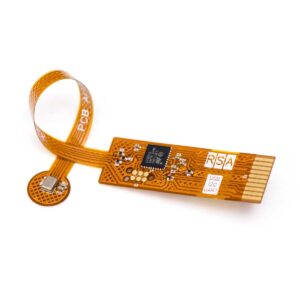
Reviews
There are no reviews yet.